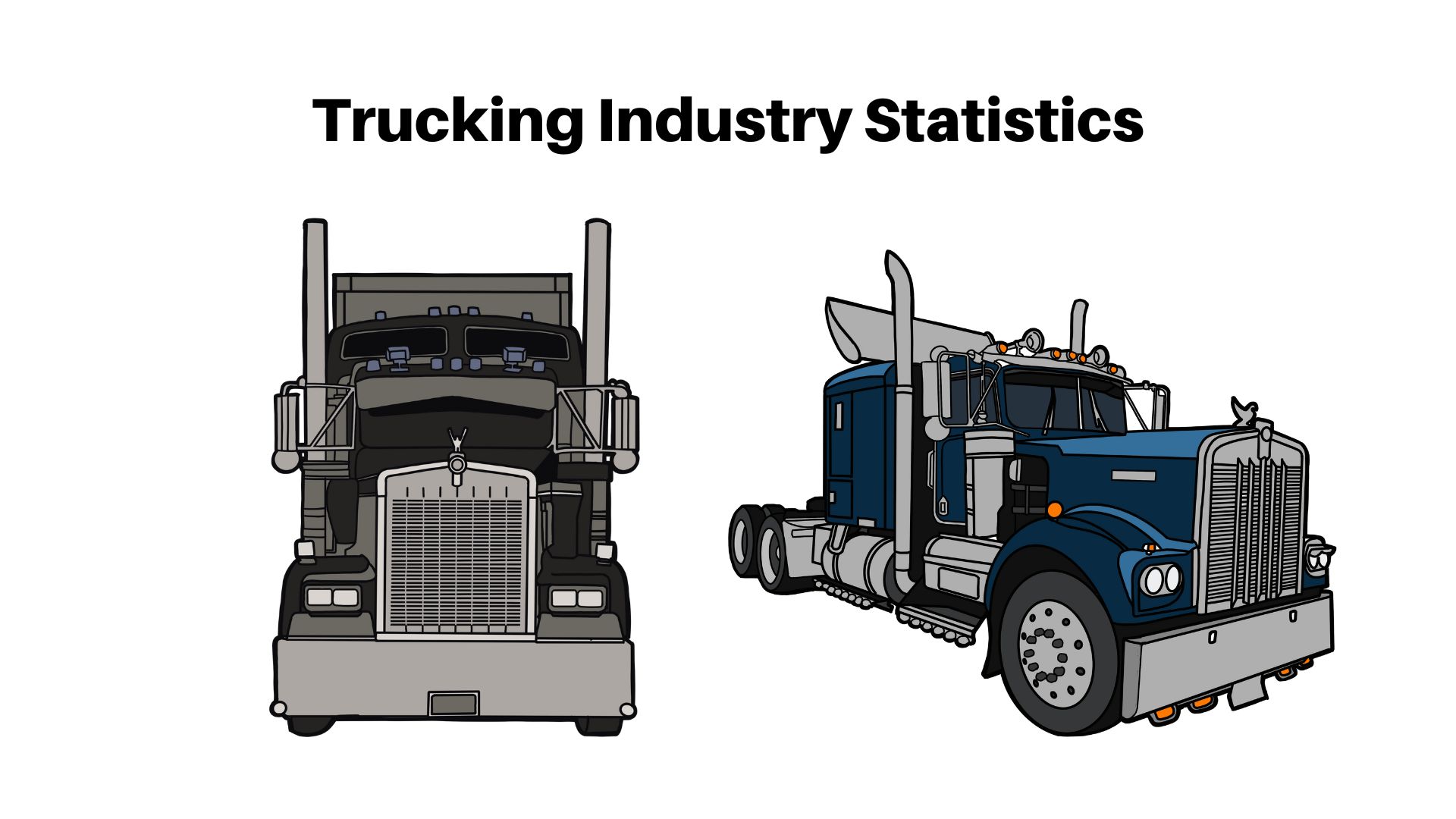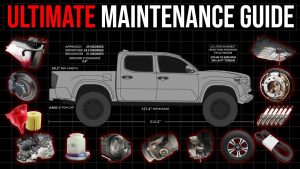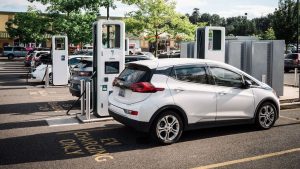
Truck Driving in the Age of Sustainability: Trends and Best Practices for 2025
Let’s face it—trucking isn’t what it used to be. Between tightening emissions regulations, skyrocketing fuel costs, and a growing push for eco-conscious logistics, the industry’s shifting gears. Fast. And if you’re behind the wheel (or managing fleets), adapting isn’t just smart—it’s survival. Here’s the deal: sustainability isn’t a buzzword anymore. It’s the roadmap. So, let’s break down what’s coming in 2025 and how to stay ahead.
The Green Wave: Why Sustainability Matters Now
Honestly, if you’ve been ignoring the sustainability chatter, it’s time to tune in. Governments worldwide are rolling out stricter carbon targets—California’s Advanced Clean Fleets rule, the EU’s Fit for 55 package, you name it. But it’s not just about compliance. Shippers and retailers are demanding cleaner supply chains too. Walmart, Amazon? They’re all setting zero-emission goals. And guess who’s caught in the middle? Yep. Trucking.
Key Trends Shaping Sustainable Trucking in 2025
1. Electric Trucks: Beyond the Hype
Sure, electric semis still feel like sci-fi to some. But with Tesla’s Semi hitting the roads and Volvo, Freightliner, and others rolling out heavy-duty EVs, the future’s closer than you think. Range anxiety? New models promise 300–500 miles per charge. The catch? Infrastructure’s lagging. Charging stations for big rigs? Still sparse. But grants from the Inflation Reduction Act are fueling growth—literally.
2. Hydrogen’s Quiet Comeback
Battery-electric isn’t the only game in town. Hydrogen fuel cells are sneaking back into the conversation, especially for long-haul. Why? Faster refueling, lighter weight—ideal for cross-country routes. Companies like Nikola and Toyota are betting big. The downside? Hydrogen production’s still mostly fossil-fueled. Green hydrogen? Give it a few years.
3. Aerodynamics & Low-Rolling Resistance Tires
Not every fix requires a new powertrain. Simple tweaks—like trailer skirts, boat tails, and specialized tires—can slash fuel use by 5–10%. It’s like swapping a parachute for a spoiler. Small changes, big savings.
4. AI-Driven Route Optimization
Wasted miles = wasted fuel. AI tools (think Turvo, KeepTruckin) now analyze traffic, weather, and even cargo weight to plot the leanest routes. Some systems even adjust in real-time—like a GPS that learns.
Best Practices for Truckers & Fleets
Fuel Efficiency Hacks That Actually Work
You don’t need a million-dollar rig to cut emissions. Try these:
- Idle less. Seriously. An hour of idling burns a gallon of diesel. Automatic shutoffs or auxiliary power units (APUs) help.
- Slow down. Dropping from 75 mph to 65 mph can improve fuel economy by 10%.
- Keep tires inflated. Underinflation increases rolling resistance. Check pressures weekly.
Training Drivers for Eco-Driving
Smooth acceleration, coasting to stops, using cruise control—these techniques aren’t just for rookies. Fleets that train drivers in eco-driving see fuel savings up to 15%. Bonus: It’s easier on brakes and engines too.
Data Is Your Co-Pilot
Telematics systems track everything from fuel burn to aggressive braking. Use the data. Spot trends. Reward efficient drivers. It’s like having a mechanic and a coach in the cab—without the backseat driving.
The Road Ahead: Challenges & Opportunities
Let’s be real—transitioning isn’t cheap. Electric trucks cost 2–3x more than diesel. Charging depots? Big upfront investment. But here’s the flip side: lower operating costs. Electricity beats diesel prices almost everywhere. Maintenance? Fewer moving parts mean fewer breakdowns.
And then there’s the branding boost. Companies with green fleets are winning contracts. Drivers—especially younger ones—want to work for forward-thinking carriers. Sustainability isn’t just about saving the planet—it’s about saving your bottom line.
Final Thoughts: Shifting Gears Without Stalling Out
The trucking industry’s at a crossroads—one paved with biodiesel, electrons, and maybe hydrogen. The smart players? They’re not waiting for 2030. They’re testing electric rigs now, tweaking aerodynamics, and crunching data like it’s gold. Because in 2025, sustainability won’t be optional. It’ll just be how the wheels turn.



Average Rating